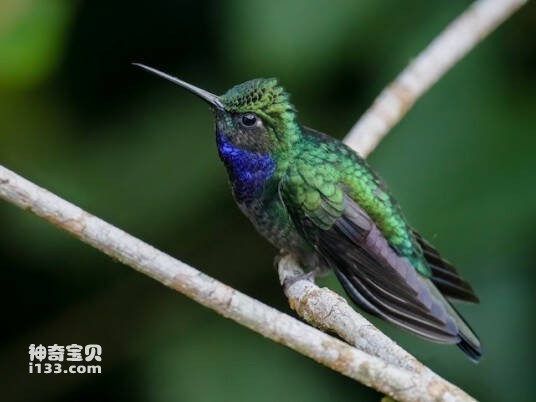
Campylopterus villaviscensio
Campylopterus villaviscensio,Napo Sabrewing
The specific habits of the Napo Sabrewing (Campylopterus villaviscensio) are···
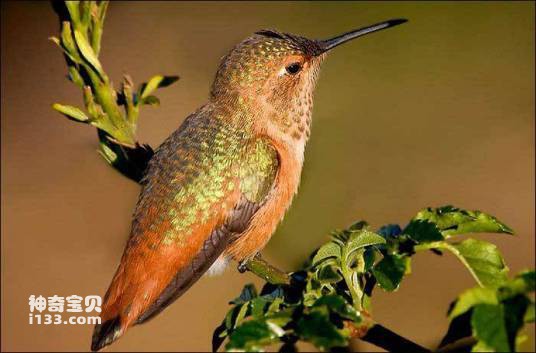
Campylopterus phainopeplus
Campylopterus phainopeplus
The scientific name of the holy horse sabre-winged hummingbird is Campylopte···
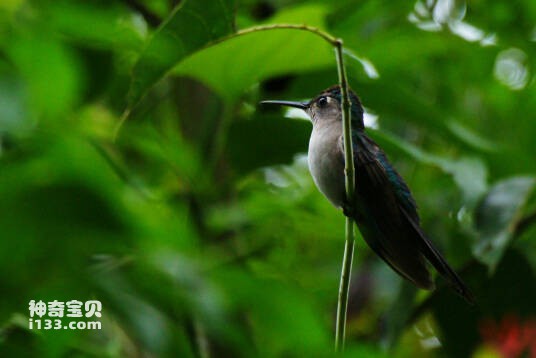
Campylopterus curvipennis
Campylopterus curvipennis,Wedge-tailed Sabrewing
The Wedge-tailed Sabrewing hummingbird is known as Campylopterus curvipennis···
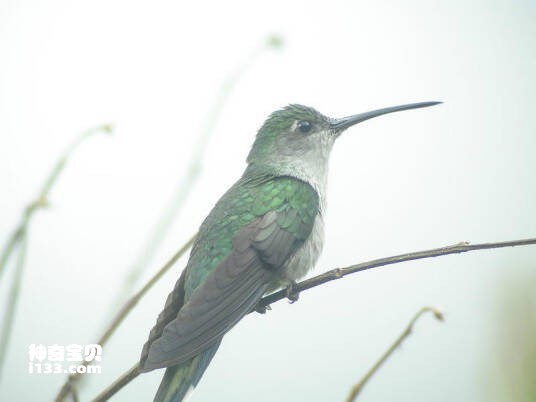
Campylopterus largipennis
Campylopterus largipennis,Grey-breasted Sabrewing
The bird is known as Campylopterus largipennis or Grey-breasted Sabrewing. I···
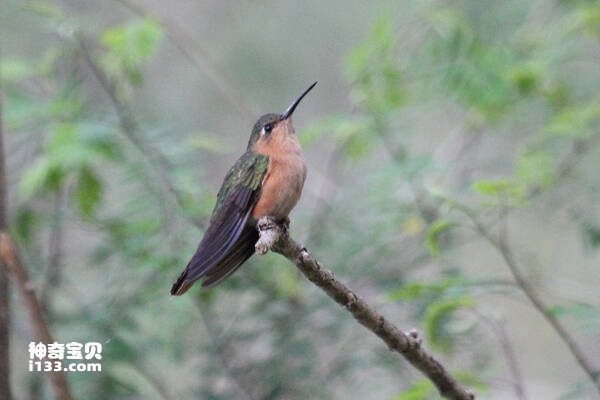
Campylopterus hyperythrus
Campylopterus hyperythrus,Rufous-breasted Sabrewing
The brown-breasted hummingbird is known as Campylopterus hyperythrus and Ruf···
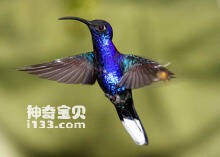
Campylopterus hemileucurus
Campylopterus hemileucurus,Violet Sabrewing
The Violet Sabrewing hummingbird is known by its scientific name Campylopter···
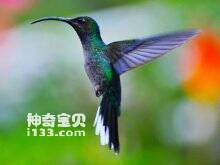
Campylopterus falcatus
Campylopterus falcatus,Lazuline Sabrewing
The brown-tailed Sabrewing hummingbird has a scientific name, Campylopterus ···
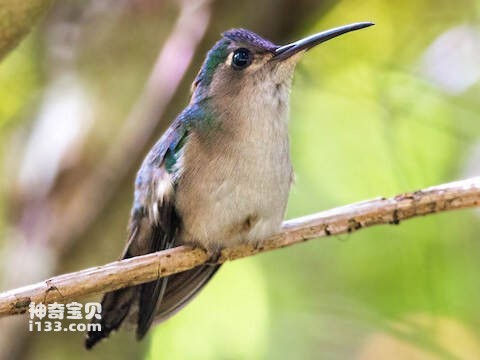
Pampa excellens
Pampa excellens,Long-tailed Sabrewing
The specific habits of the Long-tailed Sabrewing (Pampa excellens) are unkno···
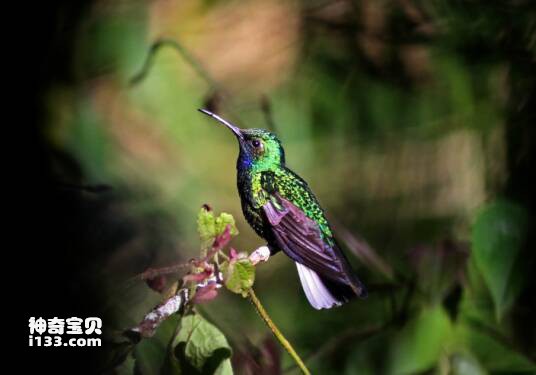
Campylopterus ensipennis
Campylopterus ensipennis,White-tailed Sabrewing
The specific habits of the White-tailed Sabrewing (Campylopterus ensipennis)···
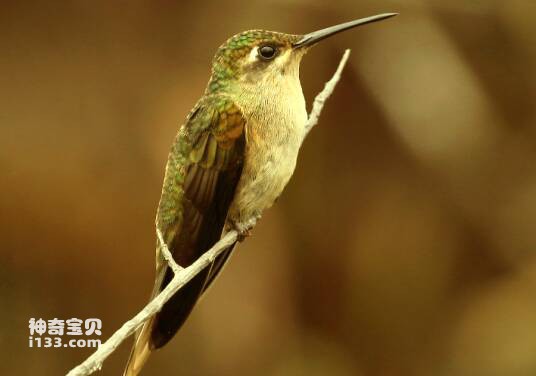
Campylopterus duidae
Campylopterus duidae,Buff-breasted Sabrewing
The characteristics of the yellow-breasted Sabrewing (Campylopterus duidae) ···
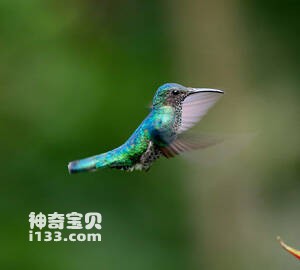
Phaeochroa cuvierii
Phaeochroa cuvierii,Scaly-breasted Hummingbird
The Scaly-breasted Hummingbird (Phaeochroa cuvierii) has six subspecies.Prot···
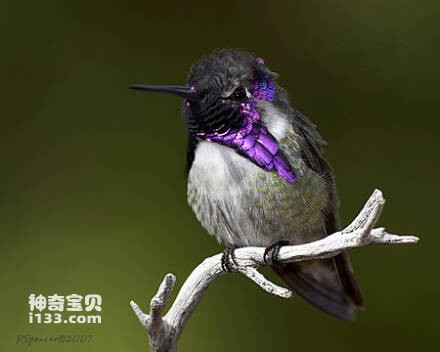
Calypte costae
Calypte costae,Costa's Hummingbird
Calypte costae (Calypte costae) foreign name Costa' s Hummingbird, a nat···
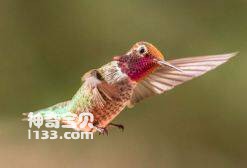
Calypte anna
Calypte anna,Anna's Hummingbird
Scarlet hummingbird (scientific name: Calypte anna) foreign name Anna' s···
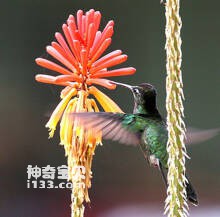
Calothorax pulcher
Calothorax pulcher,Beautiful Hummingbird
The magnificent Hummingbird is known as Calothorax pulcher and Beautiful Hum···
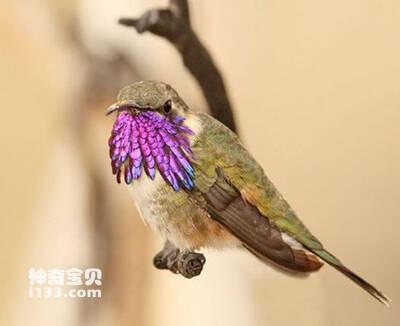
Calothorax lucifer
Calothorax lucifer,Lucifer Hummingbird
Calothorax lucifer, Lucifer Hummingbird, the specific habit is unknown.Prote···
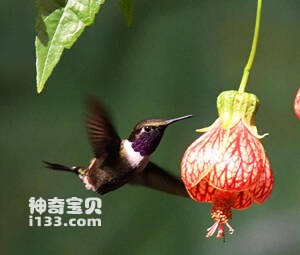
Calliphlox mitchellii
Calliphlox mitchellii,Purple-throated Woodstar
Calliphlox mitchellii, Purple-throated Woodstar hummingbird, specific habits···
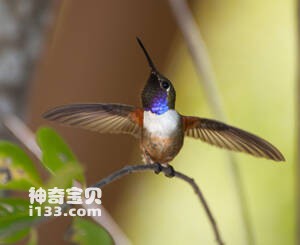
Calliphlox evelynae
Calliphlox evelynae, Bahama Woodstar
The Bahamarin star hummingbird is known as Calliphlox evelynae or Bahama Woo···
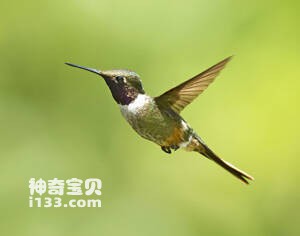
Calliphlox bryantae
Calliphlox bryantae,Magenta-throated Woodstar
The species is known as Calliphlox bryantae and Magenta-throated Woodstar.Pr···
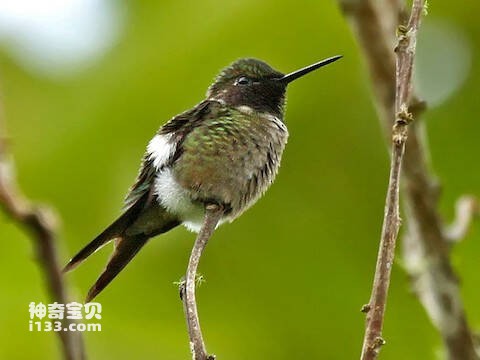
Calliphlox amethystina
Calliphlox amethystina,Amethyst Woodstar
Calliphlox amethystina (Amethyst Woodstar, Calliphlox amethystina).Protect w···
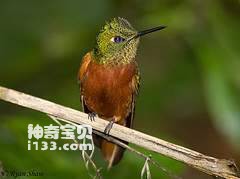
Boissonneaua matthewsii
Boissonneaua matthewsii,Chestnut-breasted Coronet
The bird's scientific name is Boissonneaua matthewsii, and its foreign n···
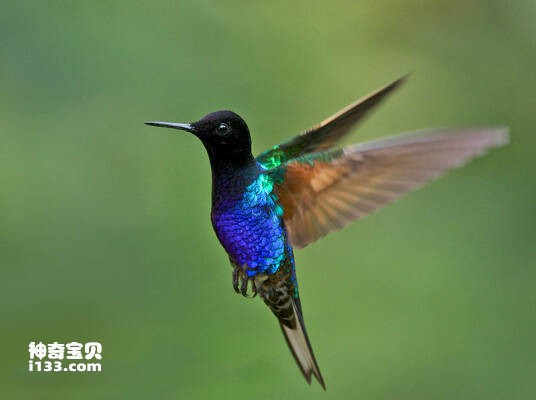
Boissonneaua jardini
Boissonneaua jardini,Velvet-purple Coronet
Boissonneaua jardini, also known as Velvet-purple Coronet, is unknown.Protec···
